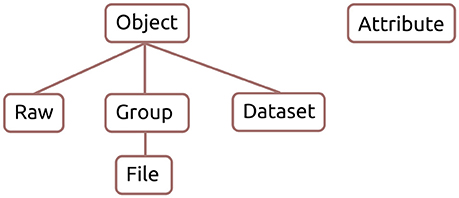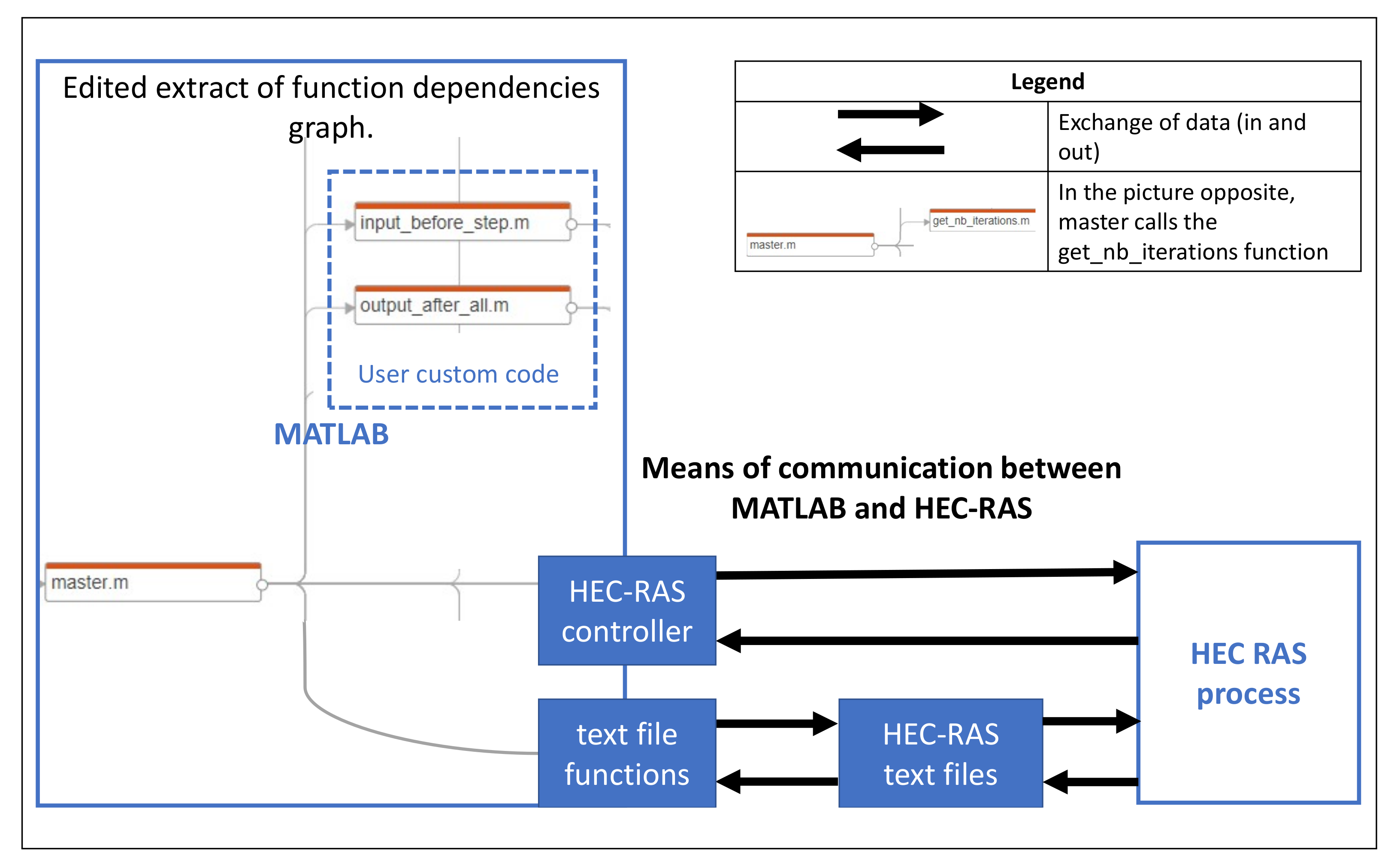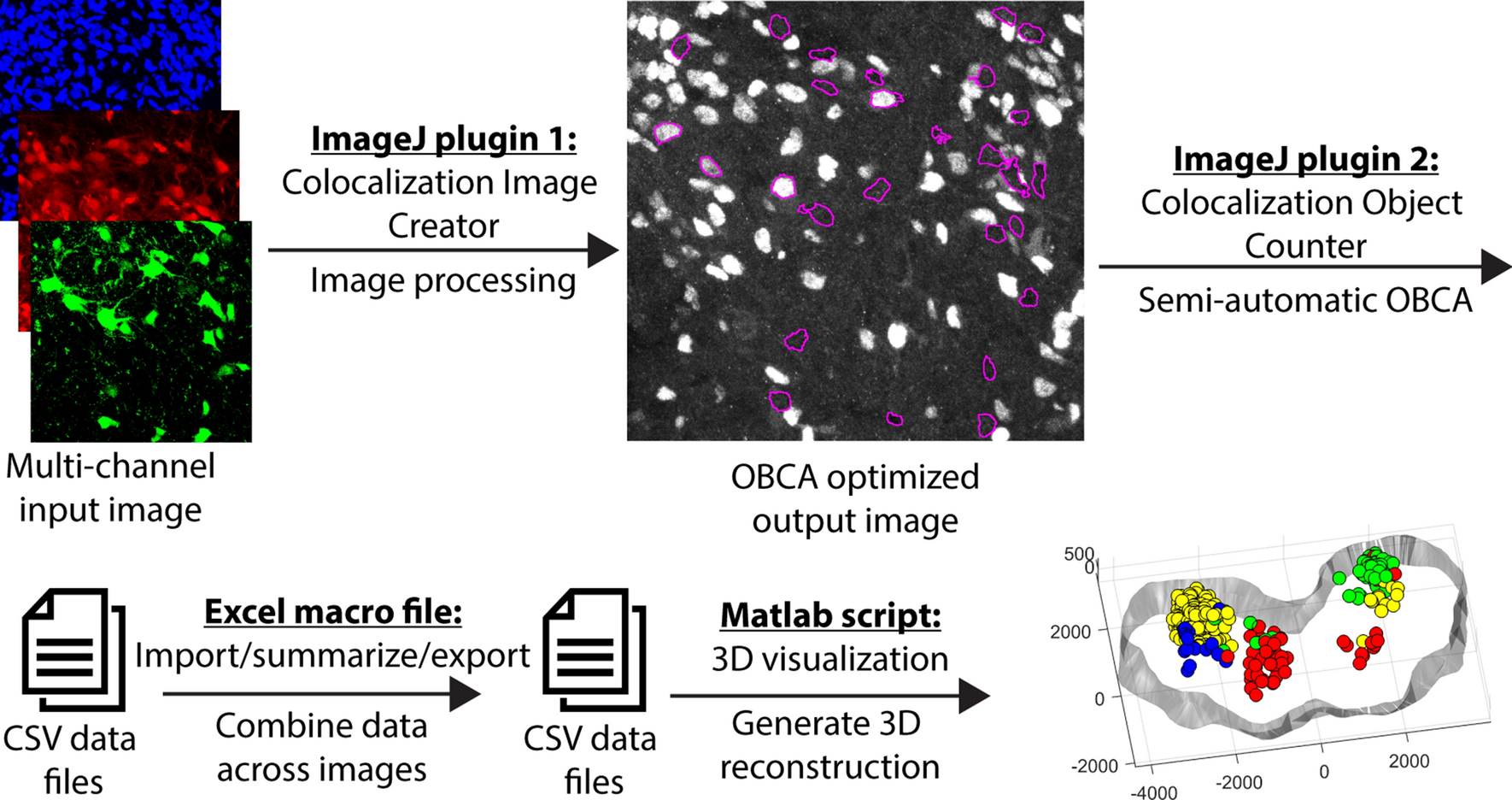

Now you can write your code like this: int _tmain(int argc, _TCHAR* argv)įstream binary_file("c:\\test. Std::ostream& operator>(std::istream& stream, WebSites& data) WebSite(std::string const& siteName, int rank)

I would re-write your code as: struct WebSites In C++ you would do this using the operator>. Then look at binary Blobs only after you have shown that serialization has too much overhead (unlikely for most situations, but it is a possibility). Therefore your first choice should be serialization (unless you have specific requirements that prevents this). But you must weigh those against the brittleness. In this you convert the object to a format that is hardware agnostic (and usually human readable). Simply enter a file name in the pop-up window and. Use menu item File Export Weight matrix to text file to export the ICA unmixing matrix (weightssphere). Exporting ICA weights and inverse weight matrices. It has become more standard therefore to use a method know as serialization. Refer to the bids-matlab-io EEGLAB plugin tutorial for exporting EEGLAB studies as BIDS (Brain Imaging Data Structure) archives. The stored objects have a tendency to break over time as the assumptions you make about the hardware no longer hold true (in this case that the sizeof(int) is constant and the endianess of int will not change). The trouble with writing binary blobs is that they lead to brittle storage. data structure to be written to a fileįstream binary_file("c:\\test.dat",ios::out|ios::binary|ios::app) īinary_file.write(reinterpret_cast(&s1),sizeof(WebSites)) īinary_file.write(reinterpret_cast(&s2),sizeof(WebSites)) īinary_file.write(reinterpret_cast(&s3),sizeof(WebSites)) īinary_file.write(reinterpret_cast(&s4),sizeof(WebSites)) įstream binary_file2("c:\\test.dat",ios::binary|ios::in| ios::ate ) įor(int i = 0 i(&p_Data),sizeof(WebSites)) For example, you can export the contents of the input. writestruct (S,filename,Name,Value) writes a structure to a file with additional options specified by one or more name-value pair arguments. The fread function reads a stream of data at the byte or bit level. The fgetl and fgets functions read one line of a file at a time, where a newline character separates each line. The fscanf function reads formatted data in a text or ASCII file. MATLAB provides the following functions for low-level import of text data files.

xml is specified as the file extension in filename. Import Text Data Files with Low-Level I/O. I would be grateful to get your feedback on what you think about the code (it works at least when I tested). The writestruct function automatically writes the input structure to an XML file when. I wrote some piece of code which reads and write multiple data structures on a file


 0 kommentar(er)
0 kommentar(er)
